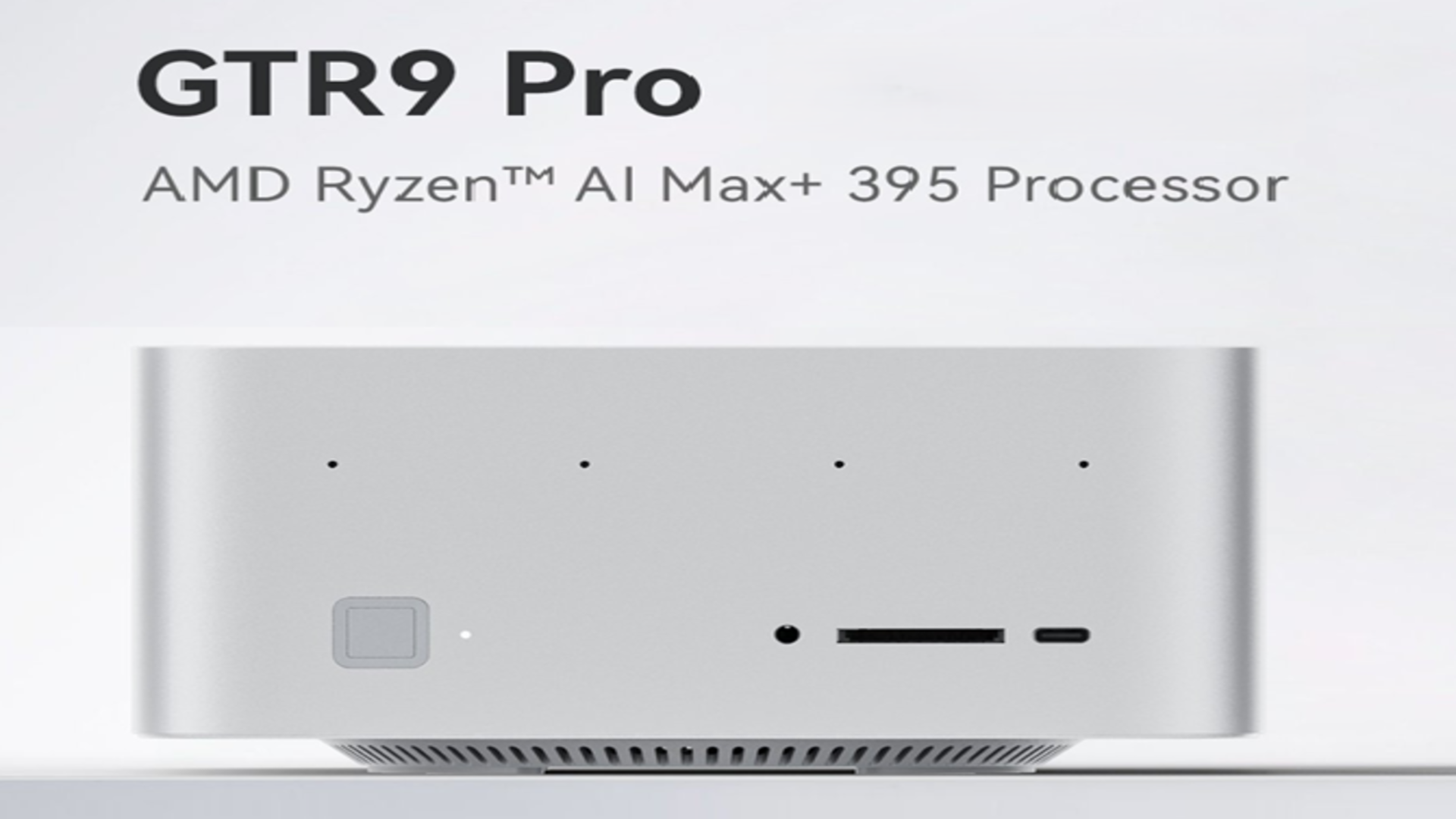Five risks you face with Microsoft CSP
If you’re reading this article, chances are you’ve already heard about Microsoft Cloud Solution Provider, aka CSP. If not, here’s a quick primer: a CSP is a Microsoft-certified partner company authorized to resell Microsoft services like Azure and M365, along with related professional services. While the benefits of working with a CSP are well-promoted, less attention is given to the potential downsides. This article sheds light on the risks involved in going the CSP route and provides actionable advice on how to mitigate them. Note: I have extensive experience on both sides of the CSP relationship. I’ve been directly involved in helping companies achieve Microsoft CSP status, and I’ve also worked extensively with various CSPs as a customer. The insights shared in this article are based on real-world experience and may not apply universally to every CSP. Risk #1 – You Might Be Provided with a Suboptimal Solution Microsoft financially incentivizes partners to resell its products and services, including Azure and M365. This can sometimes result in CSPs designing solutions that prioritize revenue over your actual needs. For example, with M365, you might be sold licenses that significantly exceed your requirements. With Azure, the solution might be over-engineered, with unnecessary services or excessive capacity—just to increase margins. Mitigation: Involve internal or third-party experts to review your M365 licensing and Azure architecture. An unbiased second opinion can save you a lot of money. Risk #2 – You Might Receive Low-Quality Service Qualified cloud engineers are expensive and in short supply. While Microsoft doesn’t strictly require CSPs to assign certified or experienced professionals to every client, some CSPs may start you off with senior staff and then quietly replace them with less qualified personnel. They may claim senior engineers are still “involved” (e.g., reviewing work a few hours a week), but in practice, this rarely works effectively. Mitigation: Insist on having qualified experts assigned throughout the engagement. Ask for proof of experience and ensure continuity. Risk #3 – You May Lose Visibility into Your Cloud Spending With Pay-As-You-Go subscriptions or Microsoft Customer Agreements, Azure spending data is typically available within a day. But this is not the case for subscriptions managed through a CSP. This lack of visibility means you can’t track spending in near real-time, making cost optimization difficult and reactive. You may only discover a spike in usage when the monthly invoice arrives. Some CSPs offer their own portals for cost tracking, but not all do. Microsoft has promised to improve this, but at the time of writing, limitations still exist. Mitigation: Choose a CSP that provides near real-time spending visibility and allows you to manage M365 purchases directly. Risk #4 – Slower Issue Resolution When you have a problem with Azure, you’d normally open a support request directly through the portal. However, if your Azure subscription is CSP-managed, you’ll need to go through your CSP instead. This introduces an extra layer of communication. Often, the CSP simply relays your issue to Microsoft, acting as a middleman—and delaying resolution in the process. Mitigation: Consider purchasing a direct Azure support plan to retain access to Microsoft support channels. Risk #5 – Your Services May Be Tied to the Wrong Region CSPs are restricted in where they can resell services like Microsoft 365. While it usually makes sense to work with a CSP based in your country, some businesses choose providers from other countries to reduce costs. This can lead to significant issues. For instance, if your company is in the UK but your CSP is in Turkey, the CSP may create your Entra tenant with Turkey set as the country. This affects currency settings and regional availability. At first, this might not matter much—since you're paying the CSP directly—but it becomes a serious issue if you decide to switch to purchasing directly from Microsoft. Changing the Entra tenant country later is extremely difficult. Microsoft support will often recommend deleting the tenant and creating a new one—obviously not a viable option for an operating business. Mitigation: Be very careful when selecting the country during Entra tenant creation. Ensure it matches your business location and long-term plans. Conclusion Personally, I do not recommend purchasing Microsoft services through a CSP unless there is a compelling reason to do so. If you're considering a CSP for access to skilled professionals, consider hiring those professionals directly or engaging them on a contract basis instead. This gives you greater control over quality, cost, and long-term risks. Ultimately, buying directly from Microsoft remains the safest, most transparent option. Take a moment to review your current cloud strategy—does a CSP really o

If you’re reading this article, chances are you’ve already heard about Microsoft Cloud Solution Provider, aka CSP. If not, here’s a quick primer: a CSP is a Microsoft-certified partner company authorized to resell Microsoft services like Azure and M365, along with related professional services.
While the benefits of working with a CSP are well-promoted, less attention is given to the potential downsides. This article sheds light on the risks involved in going the CSP route and provides actionable advice on how to mitigate them.
Note: I have extensive experience on both sides of the CSP relationship. I’ve been directly involved in helping companies achieve Microsoft CSP status, and I’ve also worked extensively with various CSPs as a customer. The insights shared in this article are based on real-world experience and may not apply universally to every CSP.
Risk #1 – You Might Be Provided with a Suboptimal Solution
Microsoft financially incentivizes partners to resell its products and services, including Azure and M365. This can sometimes result in CSPs designing solutions that prioritize revenue over your actual needs.
For example, with M365, you might be sold licenses that significantly exceed your requirements. With Azure, the solution might be over-engineered, with unnecessary services or excessive capacity—just to increase margins.
Mitigation: Involve internal or third-party experts to review your M365 licensing and Azure architecture. An unbiased second opinion can save you a lot of money.
Risk #2 – You Might Receive Low-Quality Service
Qualified cloud engineers are expensive and in short supply. While Microsoft doesn’t strictly require CSPs to assign certified or experienced professionals to every client, some CSPs may start you off with senior staff and then quietly replace them with less qualified personnel.
They may claim senior engineers are still “involved” (e.g., reviewing work a few hours a week), but in practice, this rarely works effectively.
Mitigation: Insist on having qualified experts assigned throughout the engagement. Ask for proof of experience and ensure continuity.
Risk #3 – You May Lose Visibility into Your Cloud Spending
With Pay-As-You-Go subscriptions or Microsoft Customer Agreements, Azure spending data is typically available within a day. But this is not the case for subscriptions managed through a CSP.
This lack of visibility means you can’t track spending in near real-time, making cost optimization difficult and reactive. You may only discover a spike in usage when the monthly invoice arrives. Some CSPs offer their own portals for cost tracking, but not all do.
Microsoft has promised to improve this, but at the time of writing, limitations still exist.
Mitigation: Choose a CSP that provides near real-time spending visibility and allows you to manage M365 purchases directly.
Risk #4 – Slower Issue Resolution
When you have a problem with Azure, you’d normally open a support request directly through the portal. However, if your Azure subscription is CSP-managed, you’ll need to go through your CSP instead.
This introduces an extra layer of communication. Often, the CSP simply relays your issue to Microsoft, acting as a middleman—and delaying resolution in the process.
Mitigation: Consider purchasing a direct Azure support plan to retain access to Microsoft support channels.
Risk #5 – Your Services May Be Tied to the Wrong Region
CSPs are restricted in where they can resell services like Microsoft 365. While it usually makes sense to work with a CSP based in your country, some businesses choose providers from other countries to reduce costs.
This can lead to significant issues. For instance, if your company is in the UK but your CSP is in Turkey, the CSP may create your Entra tenant with Turkey set as the country. This affects currency settings and regional availability.
At first, this might not matter much—since you're paying the CSP directly—but it becomes a serious issue if you decide to switch to purchasing directly from Microsoft. Changing the Entra tenant country later is extremely difficult. Microsoft support will often recommend deleting the tenant and creating a new one—obviously not a viable option for an operating business.
Mitigation: Be very careful when selecting the country during Entra tenant creation. Ensure it matches your business location and long-term plans.
Conclusion
Personally, I do not recommend purchasing Microsoft services through a CSP unless there is a compelling reason to do so. If you're considering a CSP for access to skilled professionals, consider hiring those professionals directly or engaging them on a contract basis instead. This gives you greater control over quality, cost, and long-term risks.
Ultimately, buying directly from Microsoft remains the safest, most transparent option.
Take a moment to review your current cloud strategy—does a CSP really offer the value you expect?










































































































































































![[The AI Show Episode 146]: Rise of “AI-First” Companies, AI Job Disruption, GPT-4o Update Gets Rolled Back, How Big Consulting Firms Use AI, and Meta AI App](https://www.marketingaiinstitute.com/hubfs/ep%20146%20cover.png)




























































































































![[FREE EBOOKS] Offensive Security Using Python, Learn Computer Forensics — 2nd edition & Four More Best Selling Titles](https://www.javacodegeeks.com/wp-content/uploads/2012/12/jcg-logo.jpg)



![Ditching a Microsoft Job to Enter Startup Purgatory with Lonewolf Engineer Sam Crombie [Podcast #171]](https://cdn.hashnode.com/res/hashnode/image/upload/v1746753508177/0cd57f66-fdb0-4972-b285-1443a7db39fc.png?#)































































































































































































































-xl.jpg)


























![Beats Studio Buds + On Sale for $99.95 [Lowest Price Ever]](https://www.iclarified.com/images/news/96983/96983/96983-640.jpg)

![New iPad 11 (A16) On Sale for Just $277.78! [Lowest Price Ever]](https://www.iclarified.com/images/news/97273/97273/97273-640.jpg)








































![Apple's 11th Gen iPad Drops to New Low Price of $277.78 on Amazon [Updated]](https://images.macrumors.com/t/yQCVe42SNCzUyF04yj1XYLHG5FM=/2500x/article-new/2025/03/11th-gen-ipad-orange.jpeg)



![[Exclusive] Infinix GT DynaVue: a Prototype that could change everything!](https://www.gizchina.com/wp-content/uploads/images/2025/05/Screen-Shot-2025-05-10-at-16.07.40-PM-copy.png)




![T-Mobile discontinues a free number feature but a paid alternative exists [UPDATED]](https://m-cdn.phonearena.com/images/article/170235-two/T-Mobile-discontinues-a-free-number-feature-but-a-paid-alternative-exists-UPDATED.jpg?#)



















































